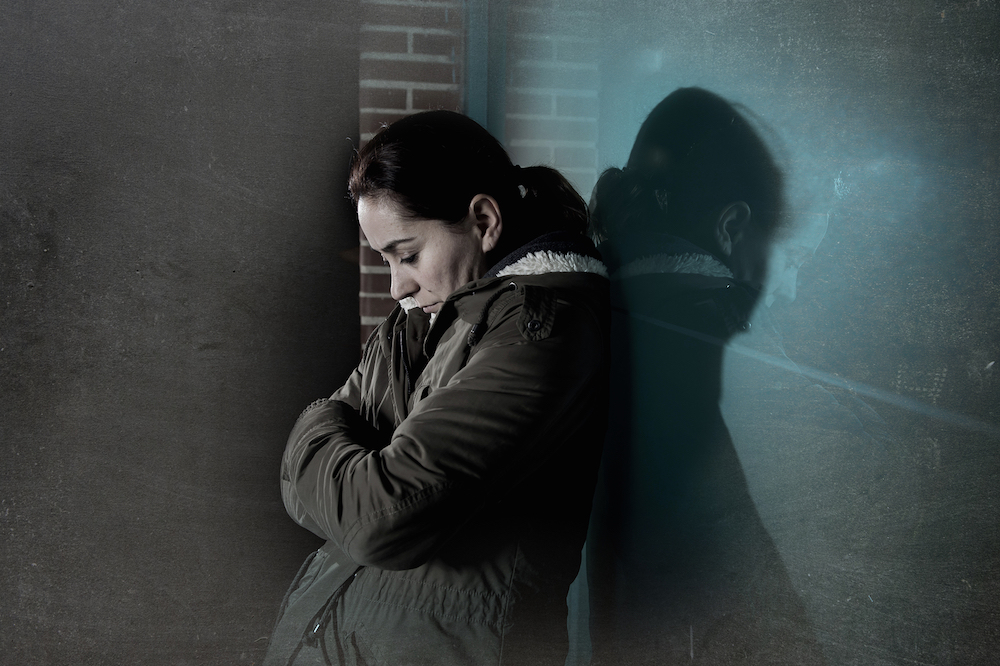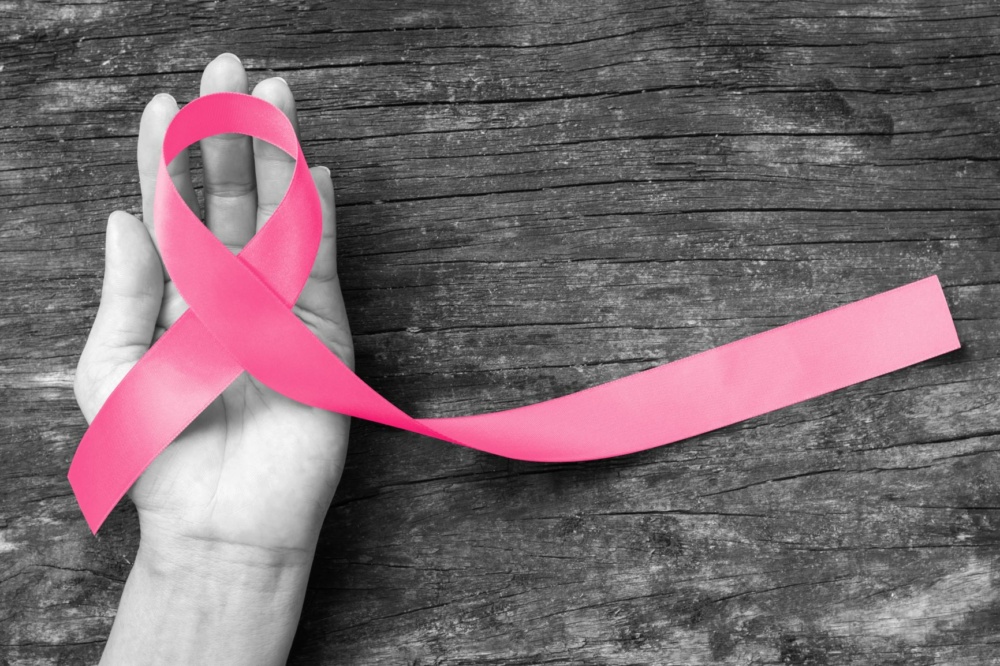[dropcap size=small]W[/dropcap]hile some Central Texans may be excited about our cooler temps, others may be slipping into a form of depression. As the seasons change and there’s less daylight, a number of us suffer from seasonal depression, also known as seasonal affective disorder (SAD).
It is common to have a slight change in habits with each new season. As the weather cools off, you may spend less time outside, or you may find yourself staying in bed a little longer. These behaviors usually adjust, and you’ll soon find a new routine for the fall and winter months.
For those affected by SAD, these behaviors can get serious and they don’t bounce back to their “normal selves.” It is especially common in the fall and winter, often occurring at the same time each year or in a cyclical pattern.
Once it starts to affect your ability to function, whether it’s at home, work or within your relationships, then seasonal affective disorder needs to be addressed.
Symptoms of Seasonal Affective Disorder:
If you haven’t been feeling like yourself, you may have some minor symptoms of SAD. Some common symptoms include:
- Changes in appetite—usually overeating or craving specific foods
- Overall lack of energy and feelings of fatigue
- Difficulty completing tasks or trouble concentrating
- Withdraw from friends and family and other social activities
- Feeling more pessimistic
- A sense of hopeless
- A lack of pleasure in activities that once were enjoyable
If you begin feeling SAD:
If you’ve found yourself slipping into these symptoms of seasonal affective disorder, you may consider a few tips to see if your mood or behavior improves.
The following activities can help you feel recharged and cheer up your attitude:
- Spend at least 15 minutes outside each day to get exposure to natural light
- Open windows in your house
- Listen to relaxing music
- Spend time talking to family and friends, even if you’re not interested in doing so at first
- Make sure you are eating a healthy, balanced diet
- Participate in some form of exercise
- Get a massage
Add A Little Light:
Along with these suggestions, it’s important to get some form of light each day. Many researchers have thought that the possible cause of SAD is the lack of light in the colder months.
The reason light is so important to our body is because of the specific hormones that are released when exposed to bright or natural light. Our bodies are physically altered by our environment or the weather. There are changes in the body’s production of melatonin if it’s darker outside. Melatonin is a hormone that helps regulate other hormones and maintains the body’s rhythm.
If you’re willing to bundle up and get outside for 30 minutes a day, outdoor light is the best. Even if it’s overcast, you still have access to more light overall than indoor light.
You’re Not Alone:
If you think you suffer from SAD and the suggestions listed above have not seemed to help, you may have a more severe case. You are not alone, and there is help.
Come in if you’re feeling these symptoms. It never hurts to come in. We can ask you a few questions and give you some suggestions. Some people can take an anti-depressant for a few months during the year as well.
For more information visit www.sw.org.







Recent Comments